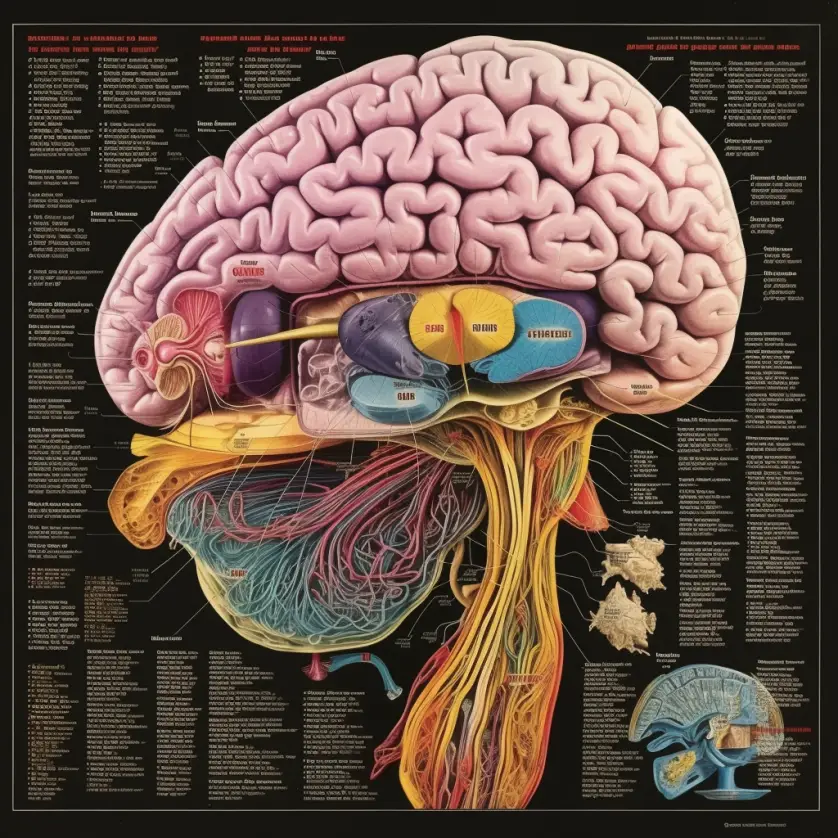This article provides an overview of sleep architecture, including the stages of non-REM and REM sleep, their characteristics, and strategies for optimizing sleep based on this understanding.
Understanding Sleep Architecture: Unveiling the Stages of Restful Slumber
Introduction
Delving into the fascinating realm of sleep architecture allows us to unravel the intricate stages of sleep and their distinctive characteristics. In this article, we explore the patterns of brain activity, eye movements, and muscle tone associated with each stage, shedding light on the secrets of restful slumber. By understanding sleep architecture, you can optimize your sleep goals and embark on a journey towards enhanced well-being and rejuvenation.
1. Non-REM Sleep
Non-REM sleep constitutes a significant portion of our sleep architecture and is divided into three stages: N1, N2, and N3. Each stage has unique characteristics and plays a crucial role in the restorative processes that occur during sleep.
- N1 Stage: Transition from wakefulness to sleep, with slowing brain activity, decreased muscle tone, minimal eye movements, and possible muscle twitches.
- N2 Stage: Distinct sleep spindles and K-complexes in the brain, no eye movements, and further relaxation of the body.
- N3 Stage: Deep or slow-wave sleep characterized by delta waves, lowest muscle tone, and important processes like tissue repair and growth.
2. REM Sleep
REM sleep, or Rapid Eye Movement sleep, is a fascinating stage associated with vivid dreaming and heightened brain activity. During REM sleep, the brain becomes highly active, similar to wakefulness, while the body experiences temporary paralysis to prevent acting out dreams.
- REM Stage: Wakefulness-like brain waves, rapid and irregular eye movements, and crucial for cognitive processes, memory consolidation, and emotional regulation.
3. Sleep Architecture and Achieving Sleep Goals
Understanding the intricacies of sleep architecture can help you achieve your sleep-related goals. Here are some strategies to enhance your sleep based on sleep architecture insights:
- Maintain a consistent sleep schedule to support the natural progression through sleep stages.
- Create a sleep-friendly environment with darkness, minimal noise, and a comfortable temperature.
- Practice relaxation techniques before bed to ease the transition into sleep and enhance non-REM sleep.
- Incorporate habits that promote dream recall and reflect on your dreams for personal growth and insight.
- Prioritize overall sleep quality, focusing on both non-REM and REM sleep stages for comprehensive rest.
Conclusion
By exploring the stages of sleep architecture, we have uncovered the intricate patterns of brain activity, eye movements, and muscle tone that occur during each stage. Armed with this knowledge, you can align your sleep goals with the optimal progression through sleep stages, leading to enhanced well-being and rejuvenation. Embrace the power of understanding sleep architecture to unlock the full potential of your restful slumber.
Note: This article is intended for informational purposes only and should not replace professional medical advice. If you have specific concerns about your sleep or overall health, please consult a qualified healthcare professional.






